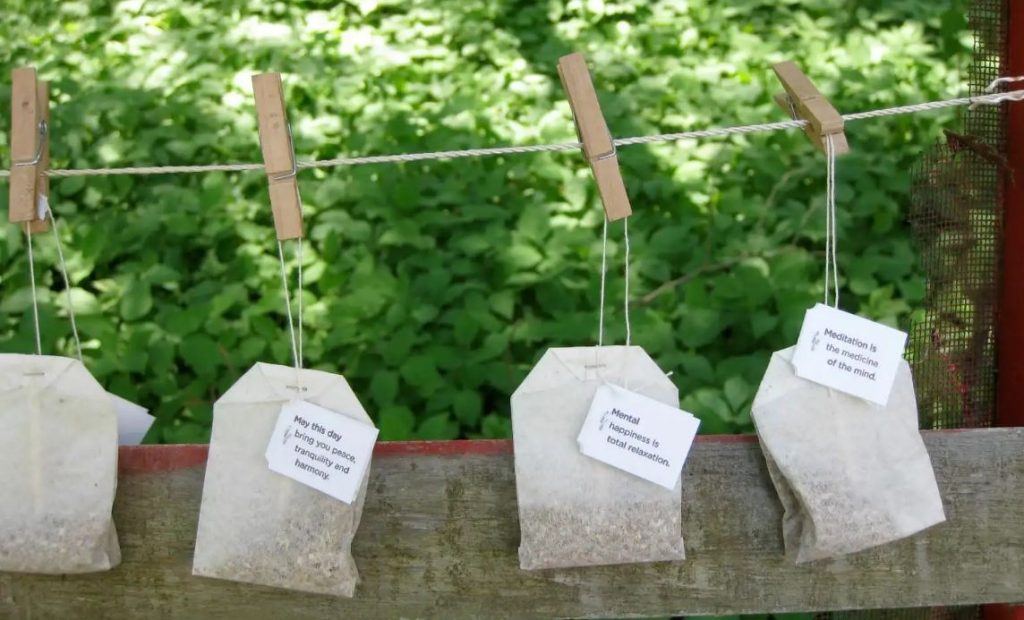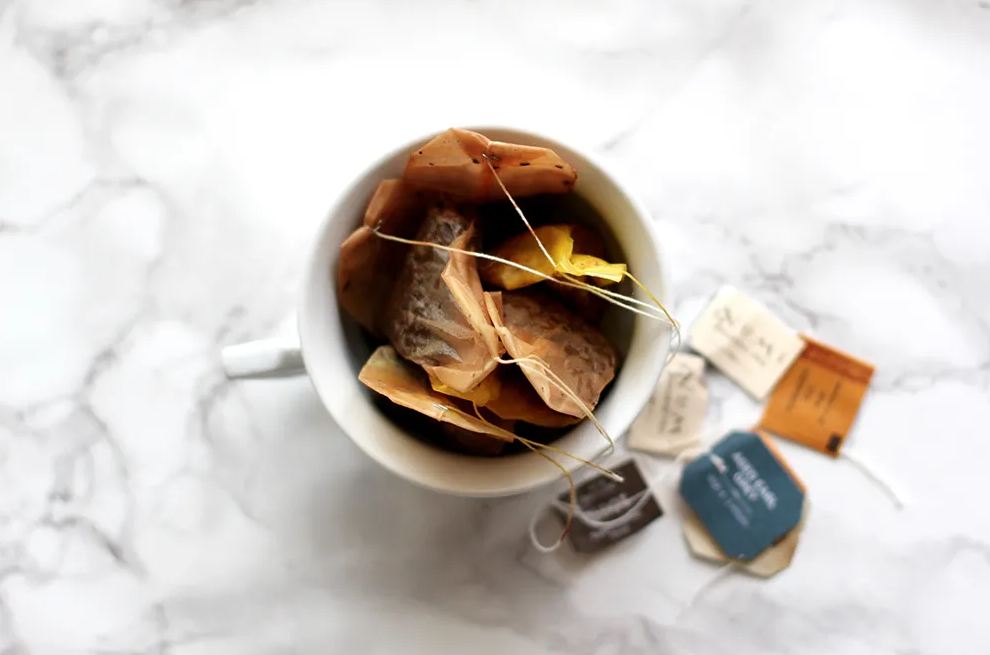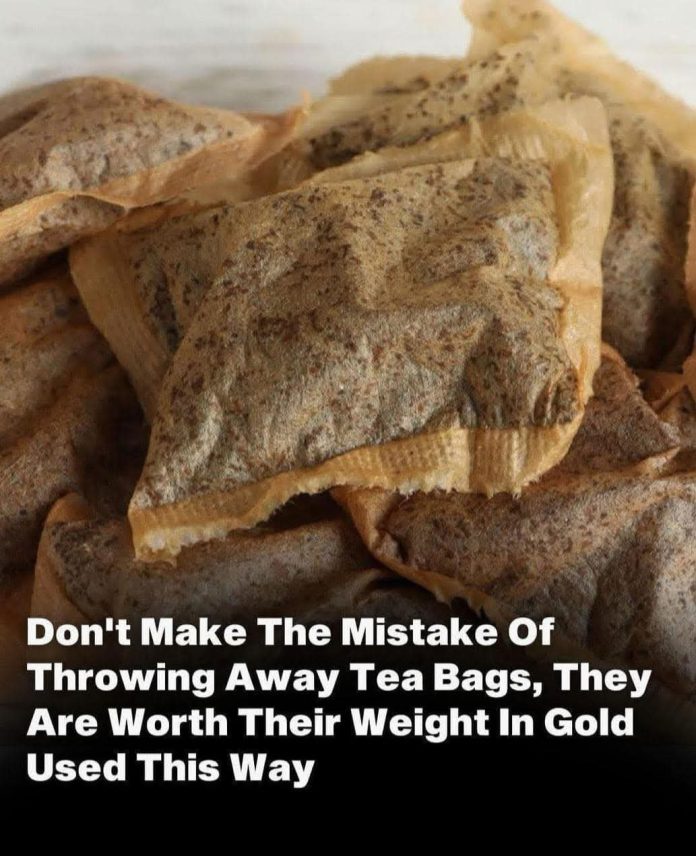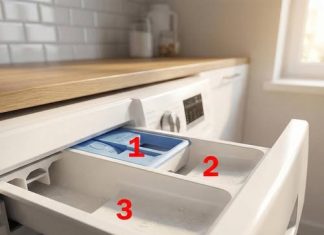After brewing a cup of tea, most of us toss away the used tea bag without a second thought. Yet with just a little awareness, you can extend its usefulness in several meaningful ways. Reusing tea bags can help reduce waste, save a bit of money, and open the door to creative household and gardening uses. Of course, the flavor and potency will decline over successive steeps, so it’s best to reuse wisely.
How Many Times Can You Reuse a Tea Bag?
Reusing tea bags works best for certain tea types — especially lighter teas like green, white, or oolong. Darker teas and finely ground blends tend to lose flavor more quickly. A second brew may still yield a drinkable cup, though with reduced strength and antioxidant content. Some tea bags may even be used a third time if the steep is extended. In all cases, the first infusion remains the strongest. To maintain safety and avoid spoilage, it’s important to keep the damp bags from becoming breeding grounds for mold. If you plan to reuse a bag later, store it in a small amount of clean water and refrigerate, but don’t keep it longer than 24 hours.

Brewing Tips for Successive Infusions
- Lengthen the steep: Because later brews release fewer compounds, allow extra time — sometimes double the original steep — to coax flavor out of the leaves.
- Adjust water temperature: Slightly hotter water may help draw more flavor from the spent leaves in subsequent brews.
- Select robust teas: Whole-leaf, pyramid, or coarser blends will typically sustain better reuse compared to finely ground or heavily processed blends.
- Monitor aroma and taste: If the brew tastes dull, thin, or unpleasant, it’s time to retire that bag.
Household Uses Beyond the Cup
Once a tea bag has given up much of its flavor, don’t throw it away just yet. The contents can still benefit your home, body, and garden in surprising ways:
- Deodorizing: Dry the used bag, then sprinkle or leave it in stinky spots—trash bins, shoes, refrigerators—to help absorb and neutralize odors.
- Cleaning and degreasing: Tannic acid in tea can help break down greasy residue. Soak pans or use the bag directly to scrub surfaces.
- Glass and mirror cleaning: Brew a weak batch of tea from used bags and use it as a gentle, streak-free glass cleaner.
- Beauty and skincare: Chilled damp tea bags can soothe puffy eyes, insect bites, sunburn spots, or minor skin irritation.
- Bath infusion: Add used tea bags to your bath water for aromatic, antioxidant-rich soaking.
- DIY sachets and potpourri: Dry out the tea, mix with botanicals or essential oils, and use it as drawer sachets, closet fresheners, or homemade potpourri.
- Natural dye: Tea bags can lend soft, earthy tones to fabrics. Steep them in hot water and use the liquid to dye natural fibers.
Gardening & Green Disposal
Tea leaves are rich in organic matter and nutrients like nitrogen. Incorporating used tea into soil or compost encourages microbial activity and supports healthy plant growth. Just be sure the tea bag material is compostable (free of plastic or synthetic fibers) before adding the entire bag. If in doubt, tear it open and use only the leaves. Additionally, some gardeners use used tea bags to prevent soil pests, partly due to caffeine and phenolic compounds that may deter slugs or snails in small doses.

Risks & Best Practices
Don’t reuse tea bags that have been left at room temperature for too long—mold and bacteria may develop.
- Be cautious with tea bags that contain plastic or nylon components — these may not fully degrade and can introduce microplastic residues.
- Always discard the bag once flavor, aroma, or quality becomes unpalatable.
- When applying to skin or eyes, ensure the bag was brewed cleanly (no added sugar or flavorings that might irritate).
Conclusion
By stretching the life of a tea bag beyond its first use, you embrace smarter consumption and sustainability. Whether brewing a second mellow cup or repurposing the leaves for cleaning, gardening, or skin care, such reuse honors the modest but versatile power of tea. If you’d like a shorter “tip sheet” version or a blog-style version of this, just say the word.

















